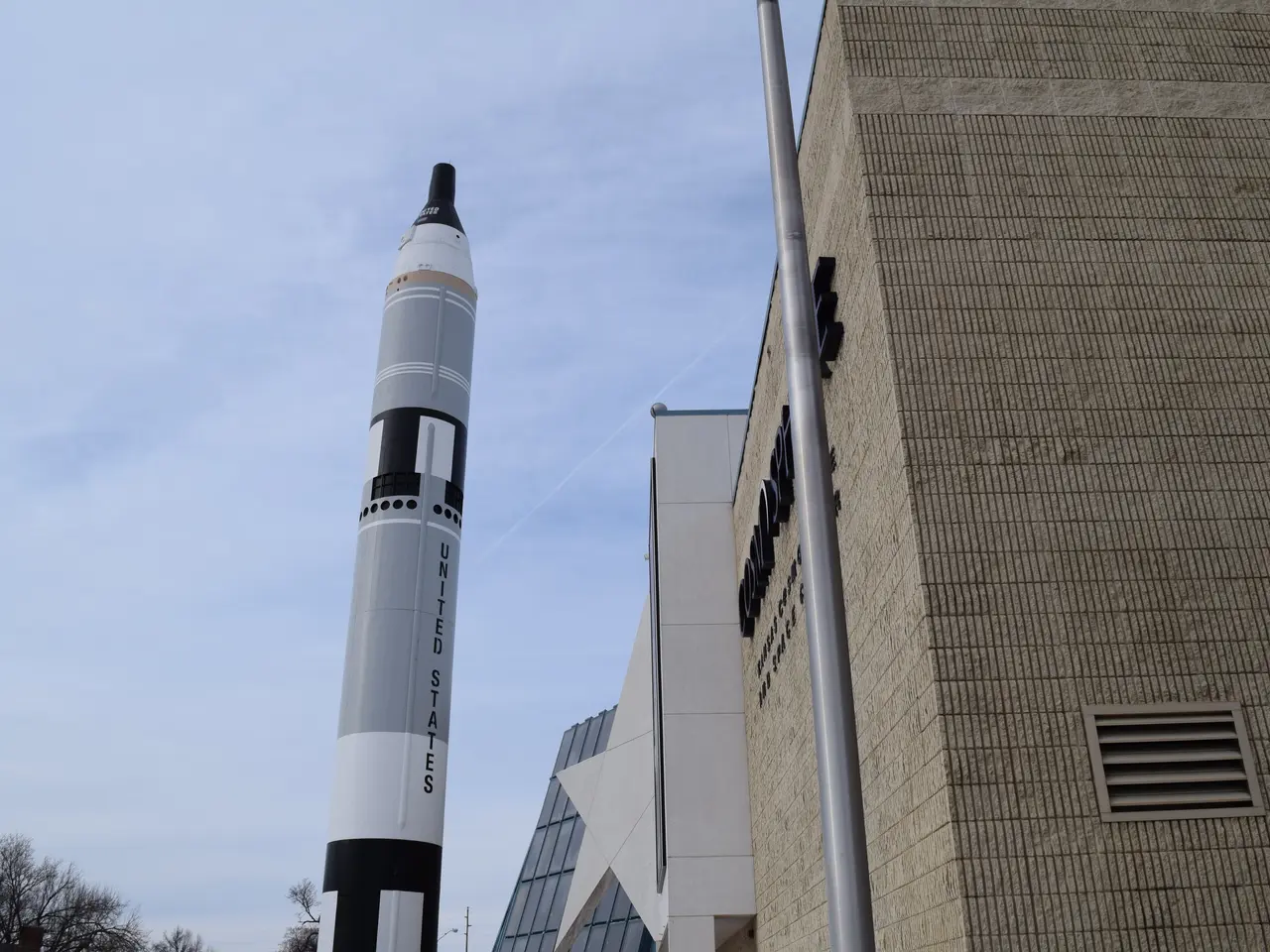Trump's Strategy for Rejuvenating Cosmic Journeys
The United States, under President Donald Trump, is embarking on a new mission to revitalize space exploration, with a focus on sending American astronauts back to the moon and ultimately, to Mars. This ambitious plan has garnered support from tech moguls Elon Musk and Jeff Bezos, who see the initiative as a significant step forward in human exploration.
However, this shift from the moon to Mars presents a series of challenges. The technological readiness for Mars missions, for instance, lags behind that of lunar missions due to the need for more mature infrastructure. Missions such as Blue Origin’s ESCAPADE satellites for Mars have faced delays due to readiness issues with their New Glenn rocket.
Another challenge lies in the communications infrastructure. Mars missions require robust data relay capabilities to handle the growing volume of communication between Mars orbiters, surface assets, and Earth. NASA’s current orbiters serving as relay satellites are aging, and their decommissioning poses a significant challenge to sustained Mars exploration. Developing a new telecommunications network, such as Blue Origin’s proposed Mars Telecommunications Orbiter (MTO) with a launch targeted around 2028, is crucial to providing reliable high-bandwidth data transfer for both robotic and future human missions.
The financial and operational complexity of Mars missions is another hurdle. Mars missions incur significantly higher costs and longer timelines than lunar missions, requiring sustained funding and advanced mission planning. Launch delays, fuel costs, and the need for multi-year interplanetary journeys add complexity that NASA must manage while balancing priorities between the Moon and Mars.
Despite these challenges, there are prospects that offer optimism. Commercial partnerships with private companies like Blue Origin and Rocket Lab introduce new launch vehicles, satellites, and communication technologies aimed at enhancing Mars mission capabilities. These partnerships leverage commercial innovation to reduce costs and accelerate technology development.
NASA continues lunar exploration and utilization efforts but is increasingly investing in Mars-relevant technologies such as atmospheric studies, space weather assessment, and relay satellite networks, which can facilitate eventual crewed Mars missions. Existing assets like the Curiosity rover have been upgraded for greater autonomous science operations with energy efficiencies, exemplifying how current Mars infrastructure can evolve to support longer-term scientific returns during transition phases.
The project requires a significant investment of resources and expertise, but it could inspire future generations to push the boundaries of what is possible. Mars, with its unique challenges and mysteries, offers the promise of unlocking the secrets of our solar system. The future of American leadership in space exploration may depend on whether the focus shifts to Mars, as the race to the moon was not just about national pride, but also about strategic advantage. If the United States does not act swiftly, it risks falling behind in the space race, according to Eric Berger. The possibility of Mars becoming the next frontier for exploration was recently discussed in a Sky News Daily podcast episode. China's lunar program poses a direct challenge to American dominance in space, making the shift to Mars all the more crucial.
- The technological hurdles for Mars missions are substantial, as evidenced by delays in projects like Blue Origin’s ESCAPADE satellites for Mars due to readiness issues with their New Glenn rocket.
- Developing a new telecommunications network, such as Blue Origin’s proposed Mars Telecommunications Orbiter (MTO) with a launch targeted around 2028, is essential to providing reliable high-bandwidth data transfer for both robotic and future human missions.
- The financial and operational complexity of Mars missions is a significant obstacle, incurring higher costs and longer timelines compared to lunar missions, requiring sustained funding and advanced mission planning.




